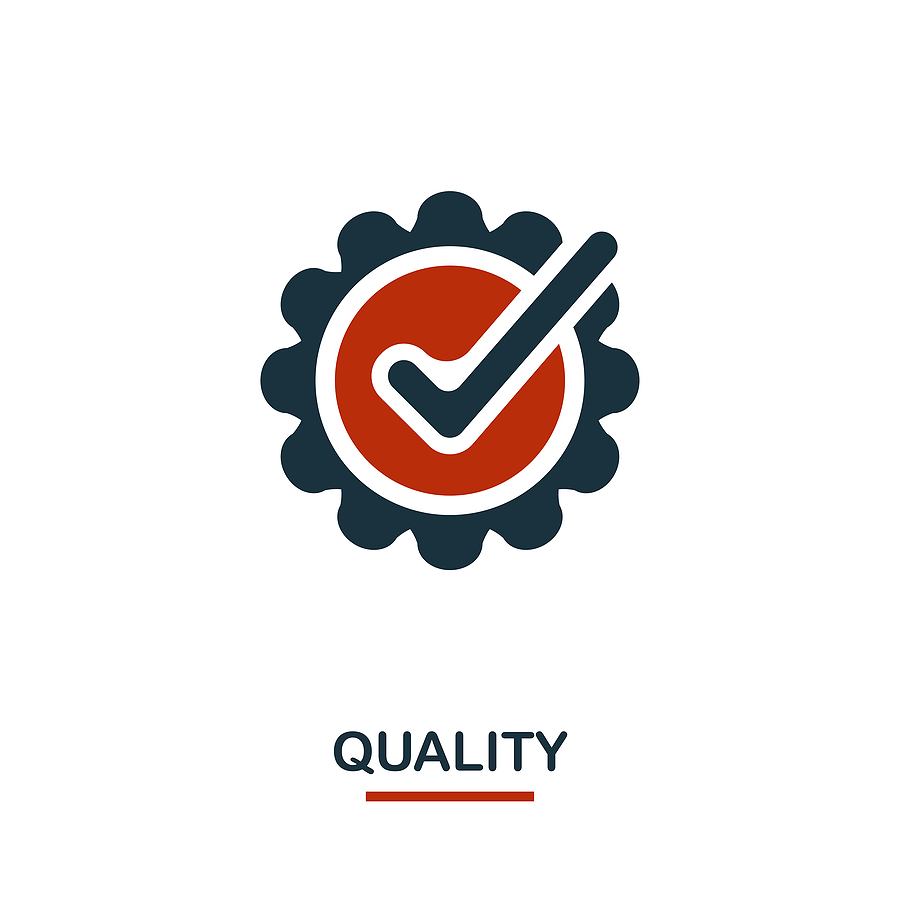This post was last updated on April 19th, 2022 at 08:13 am.
Software Qualities Required For The Best Church Software
Having the best church software encompasses compliance and user-friendliness while being cost-effective. Delivering these qualities to the user relies on certain software traits in the development process such as accuracy, portability, maintainability, reliability, efficiency, integrity, and many more. When the software lacks these software traits, it will fail to deliver software that’s compliant and user-friendly. But when these traits are present it creates software that “just works” and gives a high-quality finished product.
Let’s go over some of these qualities that make good software.
Software Accuracy
Software accuracy has two parts — entering the data in and outputting the data. The best way to remember this is the old saying — “garbage in, garbage out.” The software development process can help with both by validating data upon entry and ensuring reports are accurate when outputting data.
Software Adaptability
Having software adaptability means the user can utilize the software without developers modifying it for the organizations’ different situations. IconCMO allows churches to set up their financials in various ways at the user’s level.
Software Usability
Software usability is when the software is easily learned by the users. Developers ensure easy usability when the software’s navigation and data process make sense to the user.
Software Integrity
Software integrity keeps unauthorized users out while allowing authorized users to do their work. Another facet of software integrity is data validation to keep the bad data out of the database.
Software Portability
In today’s environment, the ability to log into the software from any device is essential. Most modern software works on the Apple iOS or Android platform. It also means the software works on mobile as well as laptops or desktops.
Software Maintainability
When creating software, it’s important to know that the codebase changes over time, and the easier it is to change the code the faster enhancements and bug fixes happen. Having the ability to change the codebase fast is essential when things break or to enhance the software’s features in the smallest amount of time.
Software Testability
Software testing happens in various ways. What makes the software the best is when it has various levels of testability. For example, the software can have automated tests that run often to check certain aspects of it. Additionally, every software must have a good quality assurance (QA) department to test the things that aren’t automatically tested.
What Strategies Are Used By The Best Church Software?
Software needs a quality assurance (QA) process that is set apart from the developers. In other words, developers should not be checking their own changes to the software. The developers pass off their changes to others, using what’s commonly called a “testbed”, to try out. Noted below are other strategies.
- Systematic testing — ie for major changes, the tester must move methodically through each changed area of the software application for a complete test.
- Understanding the guidelines outlined by management and ensuring the software follows them.
- Technical or code review by other developers.
- A strong change-control procedure to ensure scope creep does not happen.
- Measurements before and after the change to see how it has helped.
- Proper prototyping to solicit feedback early on.
- Percentage of defects found over time during testing.
- Using previous testing data validation examples.
Let’s review these concepts to understand them better.
Systematic Testing
This one is fairly simple. The testers must look at the project as a whole and review every nook and cranny. There are multiple ways to test a project. For example, the testers can break down the project into various sections and assign them to different testers. Another way is to have testers take various functional areas like project appearance assigned to one tester and security assigned to another tester. The main goal remains the same in that everything that was changed must go through at least one tester if not more.
Understanding And Following Management Guidance
Upper management is a stakeholder in any company project. The company’s management has a lot to say about the implementation of the features, even over end-user objections. The majority of the time, the company’s management has a larger software vision that others don’t see, and that is why following the management’s guidance is important.
Technical Review — AKA Code Review
Code reviews completed by peer developers aren’t typically involved directly with the day-to-day coding. These peers review the code from a technical aspect to see if there are any glaring red flags within the code. Another by-product of this review can be a better code hierarchy or consolidation of general functions that the original developer may not have noticed. This kind of review lends itself to helping with maintainability and integrity, as discussed earlier. Additionally, this kind of review happens in larger code changes within the software product, instead of bug fixes.
Here is a succinct interactive checklist for the programmers out there who would like one for their projects.
A Strong Change-Control Procedure
When a project starts, change is inevitable, even if the project is well planned out. When ‘change’ happens, there must be a process in place to determine what to do with that change. The three typical options that a change will encounter are:
- Reject the change.
- Implement the change into the project.
- Table the change for now, and implement it later.
A change to a project can happen at almost any time before the software release and can greatly affect the outcome of the project’s success. No matter the timeline, it is best to follow a methodically well-planned process for these changes and not rush them into a project at the last minute. There are some issues such as the project not functioning correctly, or data getting corrupted in the database that needs fixing. Keeping the change-control process in check allows the software to keep its maintainability and integrity.
Measuring Results Of “Project Change” Effectively
Depending on the project, there may be measurable processes that can reveal if the change would bring value to the user or not. For example, if the software change is to help the user key in a lot of data faster, then the developers or QA testers will want to know how much time it currently takes to key in that data. They will also want to know the error percentage of the data entered. After the project change, they will want to test the same set of data to see if it’s faster and more accurate. This allows the developers to see if there’s an increase in usability and accuracy, as discussed earlier.
Proper Prototyping To Solicit Feedback
One strategy for creating the best software is to solicit feedback early from many stakeholders even before the actual design starts. Soliciting feedback can happen at every stage of a project, although in different forms. For example, before project development starts the prototyping might happen on a whiteboard. Once the project development starts, then internal company stakeholders would take part in reviewing the software and providing feedback. The feedback given during the development process helps to drive the final product for the end-user.
Percentage Of Defects Found In Testing
The percentage of defects found in testing will give an idea of how well the project is going. For example, if you start testing and are finding error after error in a few minutes of testing, the prospect of releasing the new changes soon is dismal. On the flip side, if it’s initially hard to find defects, then it’s a pretty solid software update. In either case, testing should continue until all areas are thoroughly tested.
Using Previous Testing Data Validation Methods
Future projects can benefit from past projects’ QA testing processes. Let’s look at a simple example. The QA team finds a bug in a currency field that allows letters. Currency fields should never allow letters. The QA team should use their past testing knowledge (ie letters allowed in the number field) to ensure the current project doesn’t fall victim to the same issue.
The Best Church Software Summary
Creating the best church software takes various strategies that deliver the software qualities mentioned at the beginning of this blog post. Following the eight strategies, discussed earlier, creates better a software solution in the end. When the software doesn’t have the qualities backed by these strategies, it would be hard to be compliant and user-friendly. Additionally, without a clear and concise plan to test the software, the software release will end poorly and cost the software company a lot of money to support.


Leave a Reply